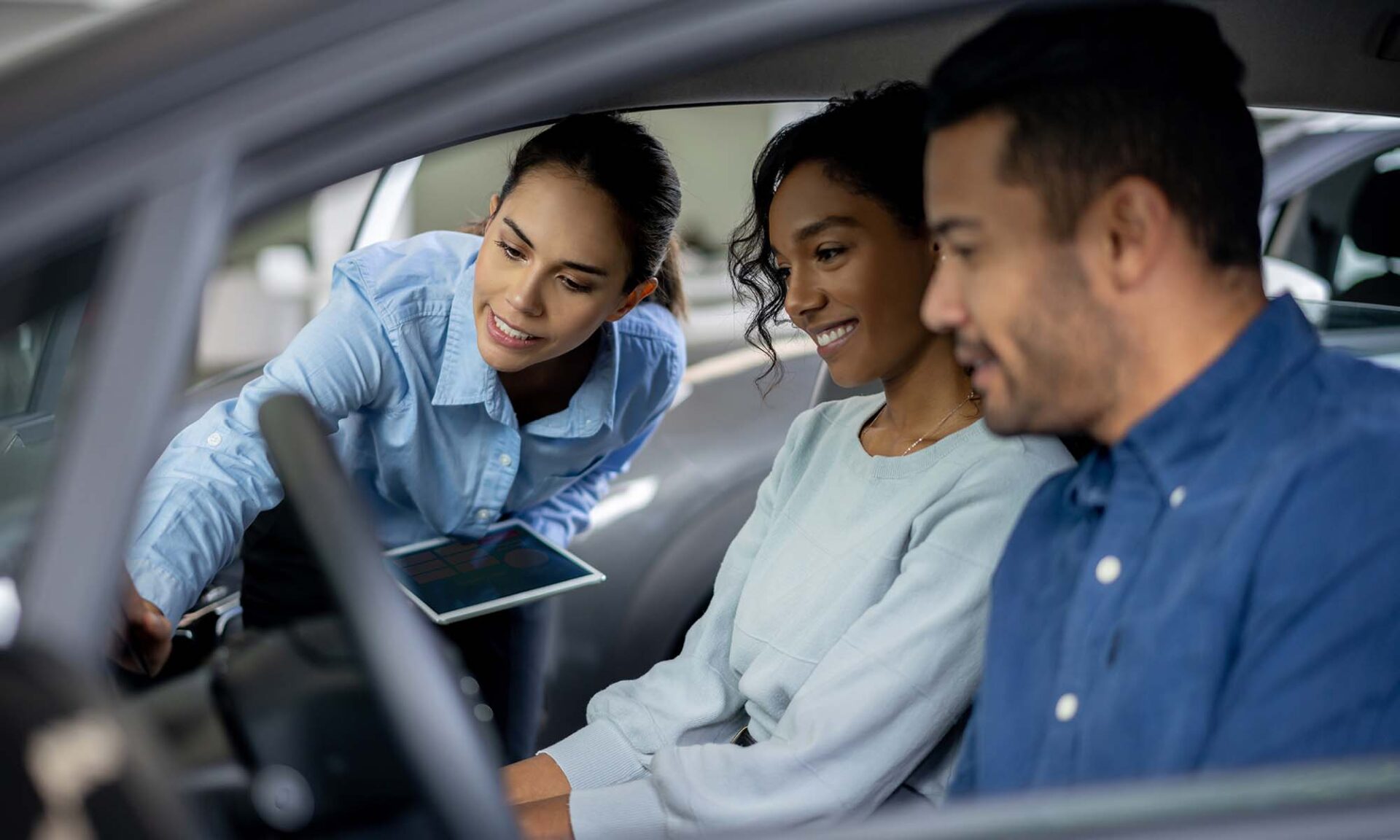Test driving a car is one of the most crucial steps in purchasing a new or used vehicle. It gives you a feel for the car’s performance, comfort, and features, helping you determine if it fits your needs and preferences. To make the most of this experience, follow this ultimate checklist to ensure no detail is overlooked.

1. Prepare Before the Test Drive
Research the Car: Familiarize yourself with the car’s specifications, features, and pricing. Compare it to similar models.
Bring Essentials: Carry your driver’s license and any documents the dealership may require.
Inspect the Vehicle: Check the car’s condition inside and out before getting behind the wheel, especially for used cars. Look for signs of wear and tear, rust, or damage.
2. Exterior Inspection
Paint and Bodywork: Examine the paint for scratches, dents, or inconsistencies.
Tires: Check the tire condition and tread depth. Uneven wear could indicate alignment issues.
Lights and Signals: Ensure all headlights, taillights, and indicators work properly.
Windows and Mirrors: Look for cracks or chips and test the adjustment features of mirrors.
3. Interior Inspection
Comfort: Adjust the driver’s seat and steering wheel. Ensure the car feels comfortable and offers good visibility.
Controls and Features: Test the infotainment system, climate controls, and other features. Ensure all buttons, knobs, and touchscreens are responsive.
Storage: Check trunk space, glove box, and other storage areas.
Upholstery: Inspect seats and carpets for stains, tears, or odors.
4. Engine and Performance Checks
Start the Car: Listen for unusual noises when the engine starts. It should start smoothly without hesitation.
Acceleration and Braking: Test the car’s response when accelerating and braking. Pay attention to any delays or vibrations.
Handling: Drive on different road types and test the car’s handling around corners and over bumps.
Steering: Ensure the steering is responsive and not overly stiff or loose.
Suspension: Notice how the car absorbs shocks from potholes or uneven roads.
5. Technology and Safety Features
Safety Systems: Test features like ABS, lane assist, blind-spot monitoring, and parking sensors, if equipped.
Connectivity: Check Bluetooth, USB ports, and other connectivity options. Pair your phone to see if it integrates seamlessly.
Cameras: Test the backup camera and any 360-degree camera systems for clarity and ease of use.
6. Listen and Feel
Noise Levels: Pay attention to road noise, wind noise, and vibrations while driving.
Comfort: Ensure the suspension and seats provide a comfortable ride, especially during longer drives.
Gear Shifts: If it’s a manual or automatic, ensure smooth and precise gear transitions.
7. Ask Questions
Clarify the car’s service history, especially for used cars.
Ask about warranty coverage, service plans, and maintenance schedules.
Verify details about additional features, mileage, and any reported issues.
8. Post-Test Drive Evaluation
Review Your Experience: Take notes on how the car performed and how comfortable you felt driving it.
Compare with Other Cars: If you’re test-driving multiple models, jot down your impressions to compare later.
Discuss Options: Talk to the dealer about financing, insurance, and trade-in options if you’re considering the car.
Final Tips
Don’t rush the process. Take your time to evaluate every aspect.
Bring a friend or family member for a second opinion, especially if you’re unsure about specific features.
Test drive the car in different conditions—city traffic, highways, and parking situations—to get a comprehensive feel for its performance.
With this checklist in hand, you’ll be well-prepared to make an informed decision on your next car. Happy driving!

